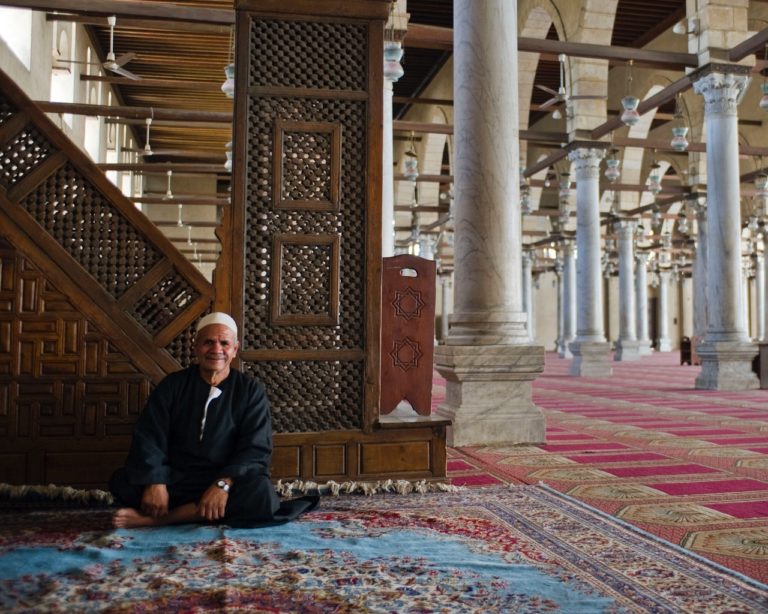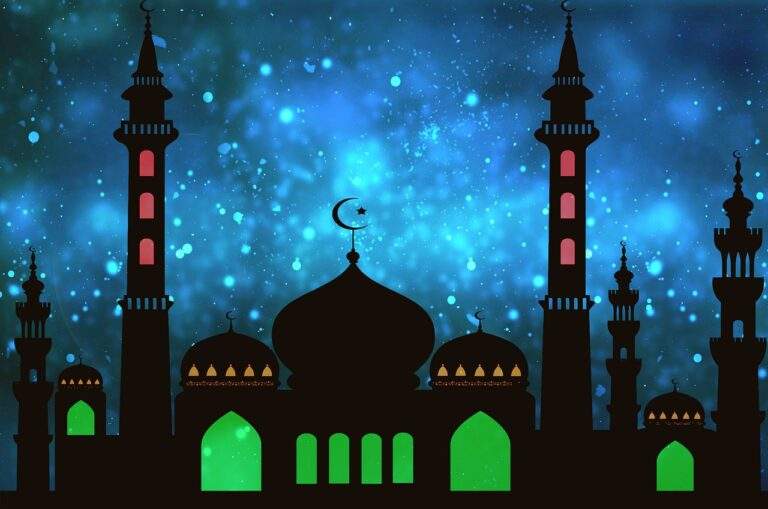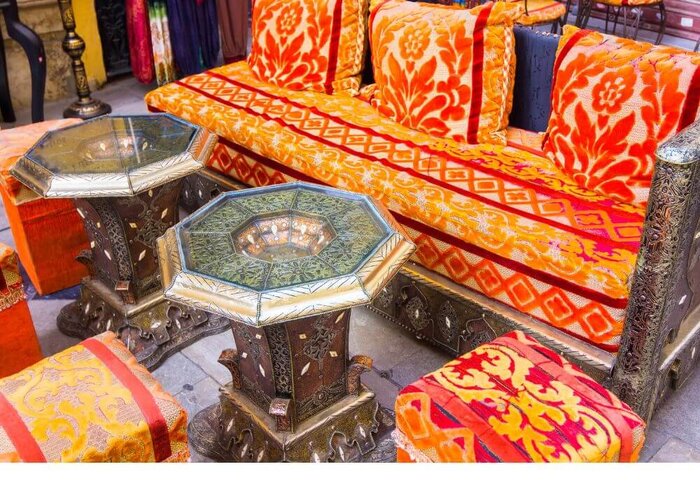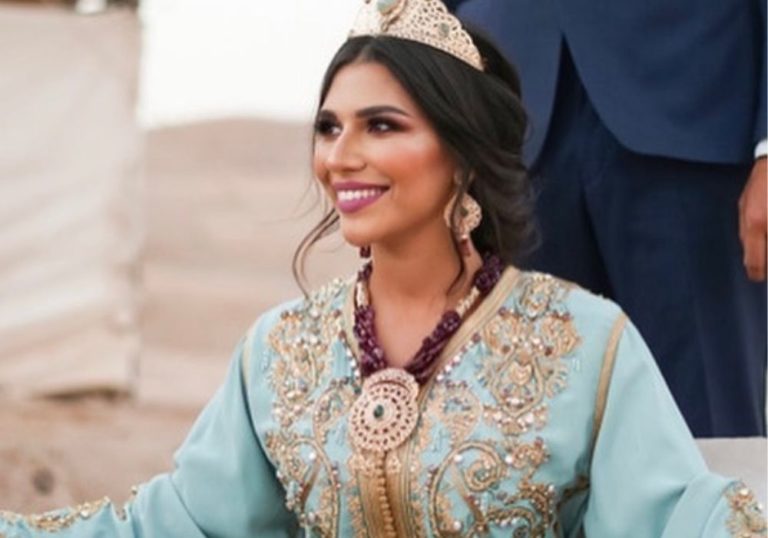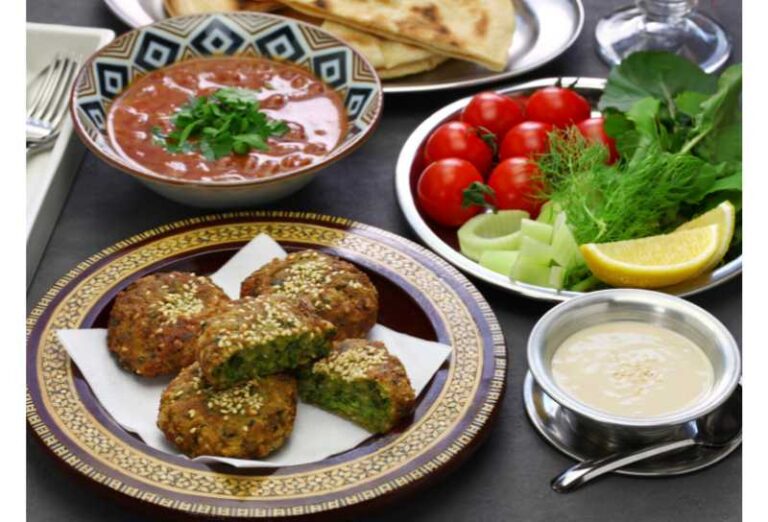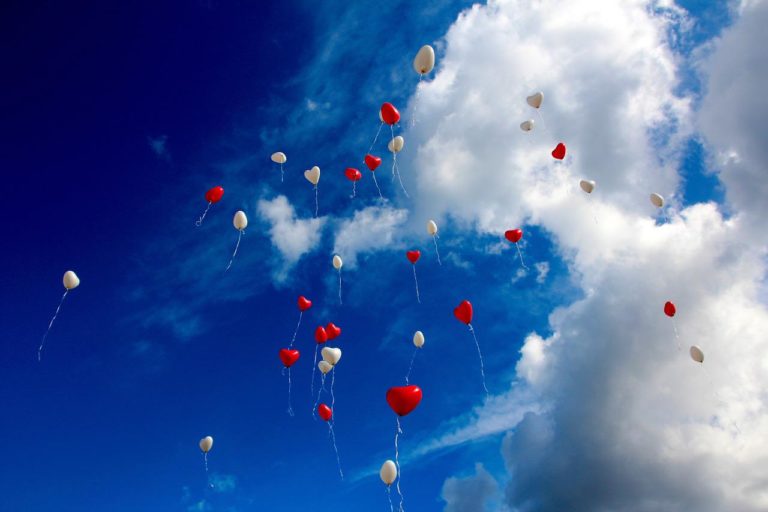Moroccan People: Culture and Traditions
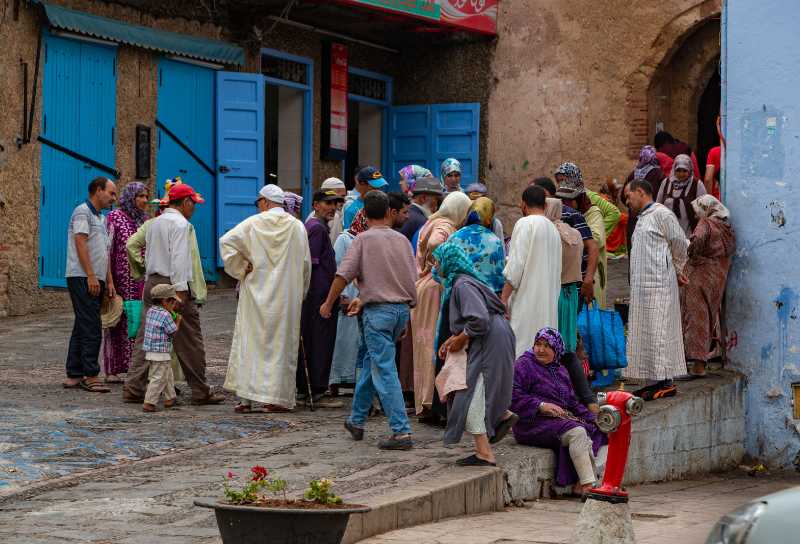
Morocco is located in the Northwest of Africa. It is bordered to the north by the Mediterranean Sea and to the west by the Atlantic Ocean .
From forests and steppes, deserts, wetlands and a plethora of beaches. The country seems to have it all.
Described as Africa’s business hub and gateway to Europe, the kingdom needs no introduction; as it lets its rich history full of ancient civilizations do the talking.
Its vibrant and colorful charm is manifested in its diverse environments, intriguing landmarks and modern-day culture from exquisite cuisine, art and languages.
It is not just the country itself that is worthy of praise, its people are one of a kind. This time capsule’s citizens are cheerful, humble, tolerant and hospitable.
With that in mind, tag along as we explore key cultural aspects of this unbeatable destination!
Table of Contents
Moroccan Food:
Morocco is the perfect gastronomic destination famous for its mouthwatering exotic dishes packed with fresh ingredients and fragrant herbal and spice aromas.
Dishes in Morocco are served family style, as it is believed that blessedness only exists when people share food rather than eat individually to merely satisfy their basic needs.
Couscous:
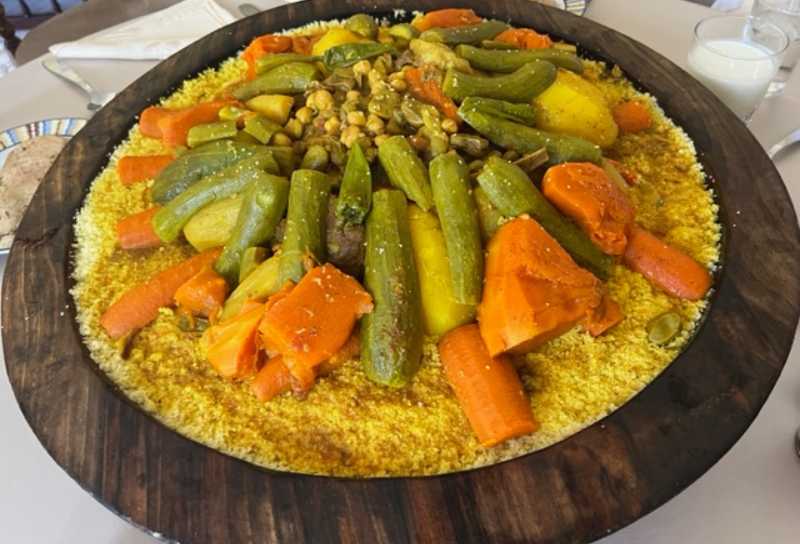
Couscous with seven vegetables is Morocco’s national dish. It is prepared in a double chambered steamer called “couscoussier”. The larger pot is where the vegetables and meat or chicken are cooked.
The steam produced by it goes through the perforated floor, thus, slowly steaming the semolina grains.
After it’s all ready, the stew is poured over the couscous and everything is topped with caramelized onion and raisins or “Tfaya” Couscous is served during the Islamic sacred day of Friday during which Moroccans go to the mosque for prayers and then enjoy this delicious dish as a family.
Tajine/ Tagine:
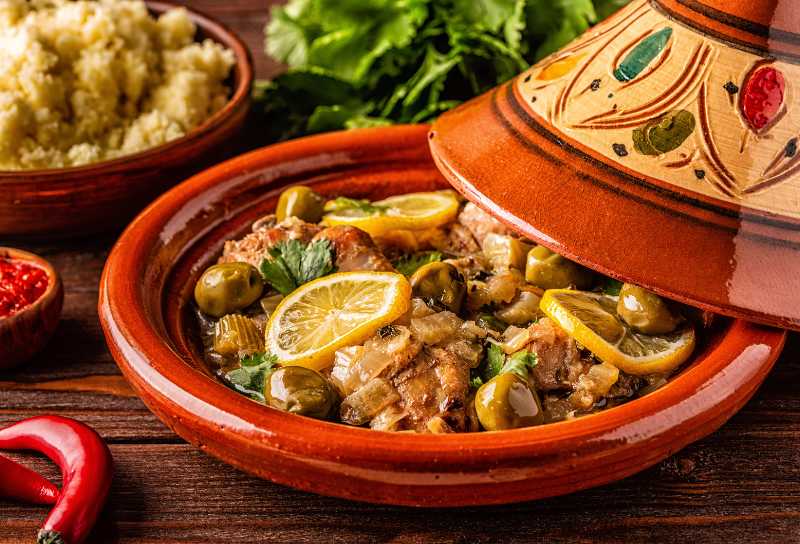
Tajine gets its name from the Moroccan earthware pot it is cooked in. There are hundreds of Tajine recipes out there.
However, most of them celebrate seasonally available vegetables coupled with beef or chicken.
Some Tajine dishes are savory, garnished with ingredients such as olives, and preserved lemon; others are sweet and nutty incorporating “Mrozia” referring to caramelized onion and quinces, apples, pears, or apricots with raisins and roasted almonds.
Pastilla:
Pasilla is a Traditional Moroccan pie known worldwide for being equally as labor intensive as it is impressive. The essence of this dish is its thin crispy pastry sheets made from scratch in the market.
The fillings of the pastry depend on each region. In Northern Morocco, Pastilla is stuffed with seafood (particularly calamari; shrimp and fish), mushrooms, zesty vermicelli and spices.
Poultry and almond Pastilla receives more love as it has the perfect balance of sweet and salty flavors.
As its name suggests, it is prepared using boneless chicken or pigeon caramelized in onion and herbs in between crunchy sweet layers of almond perfumed with cinnamon, mastic gum and orange blossom water and layers of scrambled eggs.
Due to the effortful nature of the dish, it is strictly served at special occasions such as weddings and family gatherings.
Other Moroccan delicacies include Zalouk, fish Tagra, Harira, steamed sheep, Khobz, mint tea, kebab, Bebouch, Tangia, Kaab Ghzal, Briwat, Shebakia, Bisara, Rfissa and fried sardines with Sharmoula,
Moroccan Fashion:
Moroccan traditional attire, a staple in the fashion world, is where fairytales sweep into reality. Their gowns with their colorful patterns, complex embroidering and excellent craftsmanship make them exceptionally alluring and dreamy.
Morocco offers a large selection of versatile traditional clothes, particularly gowns in varying styles and fabric options (cotton, wool, silk, and more) fit for different occasions for both genders.
Examples thereof include the everyday Djellaba, the hoodless K’miss, the one-layered Caftan, and the formal Takchita.
Moroccan Art:
Pottery and Ceramics:
Fired clay in its different forms is regarded as one of the kingdom’s treasures. Moroccan ceramics are of two types.
On one end, we have the fully functional everyday earthware clay tableware and vases. An example of this is the ever-present Tajine used to create flavored traditional dishes.
This cookware can be glazed or unglazed but Moroccans prefer the latter as it is deemed healthier. Another example is the drinking mugs and jars designed with bioactive cad oil known for its calming smoky scent, antibiotic effects and antiseptic and parasitical properties.
Let us not forget about the Marrakesh-I clay Tangia pot used to prepare one of the country’s most famous dishes.
On the other end, we have exquisite decorative pieces made of Villi or Zellij with highly detailed bright mosaic designs derived from nature, Arabic calligraphy, Islamic icons and Amazigh influences.
The style of decorative ceramic pieces varies depending on the region they belong to.
For instance, while Fessi ceramics are known for their cobalt blue and white color and geometric arabesque designs, Safi ceramics often incorporate metal in both decorations and sculptured frames and Tamegroute ceramics with distinct green color and brown glaze.
Textiles:
Textile production is said to have appeared in Morocco around 1500 B.C. when Amazighs of North Africa used loom methods for different purposes.
Due to the country’s rich history, the practice was influenced by Arabs and Jews as well. The textile industry in Morocco is female-dominated.
From an early age, young girls would start to learn from accomplished artisans, By the time they’re young adults, they are masters of their crafts.
Characterized by its unique stitching; weaving; knotting and needlework and embroidery techniques, the Moroccan textile process is both lengthy and highly demanding.
Depending on their specialty, they can produce dazzling rugs, blankets, cushions, Handira blankets (bridal capes), furniture covers and clothing items.
Metalwork:
Moroccan architecture and furnishings are the best examples of the significance of metalwork in the kingdom’s culture.
For centuries, skilled artisans and blacksmiths have used wrought iron to create fully functional yet graceful metalwork.
In the old Medinas of Fes, Marrakech and multiple other cities, they can be spotted immersing themselves in their work, putting their immense talent, skills and innovation on display. Below are some of the means of incorporating metal in Morocco.
Traditional metal or wooden doors with metal fittings and bronze knockers.
Wrought iron ornate window grills, railings and furniture frames. Silver brass or stainless steel teapots and lanterns.
Moroccan Music scene:
Morocco’s musical heritage is the material proof of its cultural cross-pollination. Arabs, Berbers, Andalusians, Mediterranean, Saharan, and West Africans, just to name a few, have all imprinted the Moroccan musical scene.
Such influence coupled with its people’s talented inclination bred sounds that can only be described as Moroccan by excellence.
Morocco has more than twenty-five traditional music genres scattered across different regions and social groups. Khamlia village next to Merzouga is home to Gnawa music characterized by its repeated spirit chants, traditional instruments (Qraqeb and Hajhouj) and increasing rhythm.
This trance evoking tribal music is accompanied by a specific dance that is just as hyping and unique. Andalusi music is Morocco’s classical music.
It is sung in classical Arabic, typically, by men in traditional attire and Fes hat. A popular type of Andalusi music is Gharnati originating from the city of Grenada.
Each Amazigh region in Morocco has its own distinct Amazigh folk music, rhymes and instruments.
Shilha people, Amazighs of the middle atlas, use Lwtar in the Ahidus genre. In Ahwash music, Swassa, of the region of Souss, use Rbab in the Ahwash genre. Ryafa (Amazighs of the north) incorporate Spanish guitar.
Other prominent genres include Chaabi, Northern Taktouka, Western Hait, Meknessi Issawa, Sub Saharan Guedra, and Dakka Marrakchia.
Moroccan Hospitality:
A survey conducted by the World Economic Forum measuring countries’ warmth and friendliness towards strangers recognizes Morocco as ‘very welcoming’.
Out of the 140 investigated countries, Morocco ranked third. Indeed, Morocco’s much-celebrated hospitality and friendliness make up core values for its people.
As their culture is built upon these elements, receiving guests as kindly as possible and making them feel less like strangers and more like family members is a must.
This extends back to Ancient Morocco’s “Daif Allah” or God sent guest, a practice whereby the house owners must host and feed anybody who knocks at their door requesting refuge.
These were usually wayfarers but in some cases, the event itself was an opportunity to approach the house owner regarding a potential future marriage or business cooperation.
Today, it is not rare for tourists to be invited into people’s homes even after a small conversation.
This is especially common in small villages. Irrespective of the host’s social status, Moroccans go above and beyond to ensure that their guests have an unforgettable experience by providing full-course meals that are more like feasts where one is encouraged to have their fill.
They even have fancy tableware and decorations specifically set up for such special occasions. This coupled with their cheerful demeanor and curious and accepting nature make it all that more exceptional.
Religion:
Morocco is a sovereign Muslim state. Ninety-nine percent of Morocco’s 37 million population are Muslims (most of which are Sunni). As the Moroccan constitution guarantees everyone the freedom to “practice his religious affairs”.
The rest are Christians, Jews and Baha’is. Although most people in Morocco are religious, they are open-minded and tolerant. Instead, they are eager to learn more about the other person’s cultural beliefs and lifestyle.
The key to discussing religious matters with Moroccans, however, is remaining respectful towards their religion and lifestyle since they find pride in their values and identity.
Family values:
If there is anything that Moroccan cuisine and hospitality can teach us, it is that family values are the keystone of Moroccan society. Moroccans strive to keep a tight-knit nuclear as well as extended family based on sharing their moments of happiness and overcoming hardships together.
As children grow older, their bonds with their parents are reversed. Their aim becomes repaying their parents for their sacrifices by looking after them and making them proud. Further, often, extended family members live together.
Moroccans are not big on verbally expressing affection, instead, they show it in how they treat and look out for one another. Bear in mind that families in Morocco are not always blood relatives. Underpinned by their piety, Moroccans treat close friends and neighbors as an extension of the family.
From spicy cuisine to vibrant fashion and art, Morocco is truly unique and captivating. While this article tries to capture its essence, there is so much more to discover about Moroccan culture!
FAQ:
What are Morocco’s official languages?
Morocco is a multilingual country. Its official languages are standard Arabic and Berber. The majority natively speak Moroccan Arabic (Darija); the indigenous people of Morocco speak Berber.
Due to the country’s historical ties with France and Spain, the former maintains its place as the official second language and business language, and the latter is widely spoken in the northern region of the country.
Is Morocco safe?
Morocco is generally safe, but just like with any other country, visitors should be aware of their surroundings and keep away from crime zones and slum areas.
Tips for a safe trip:
- Paying respect to the country’s culture.
- Well-planning for a stay in remote or rural areas
- Doing research on the common scams

